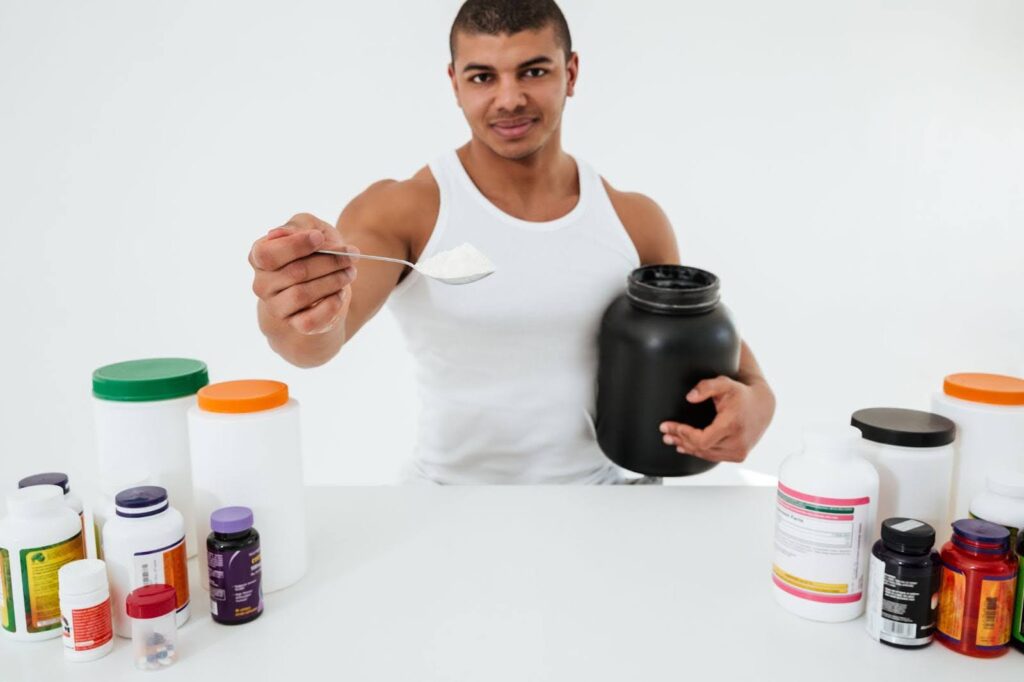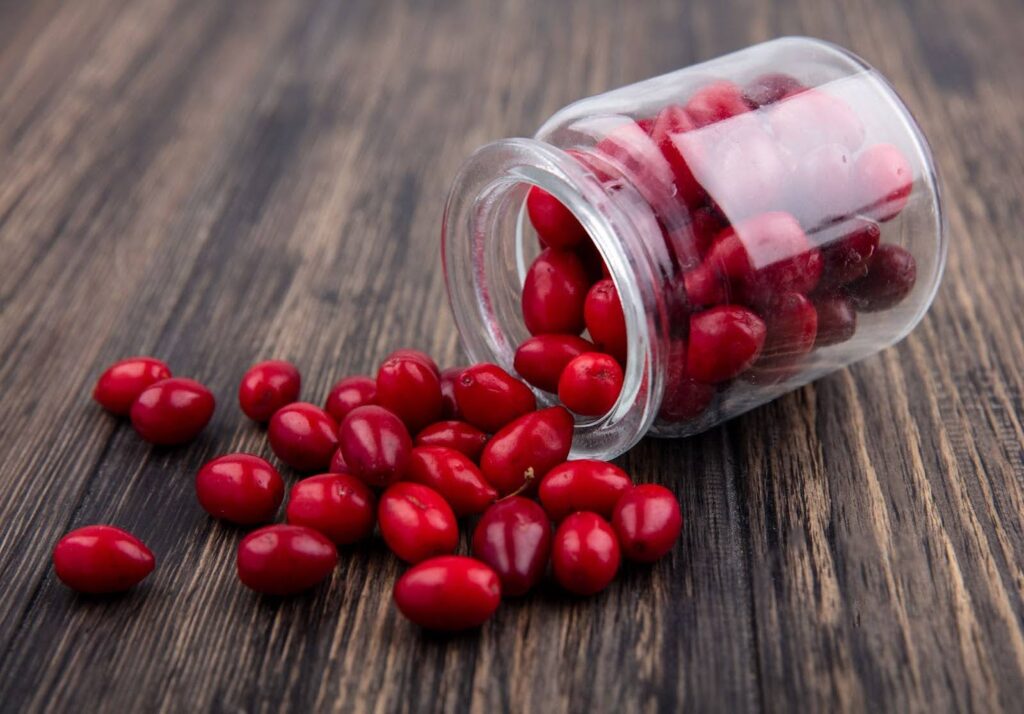Creatine is one of the most researched and effective supplements for improving strength, muscle recovery, and workout performance. Whether you’re curious about the creatine loading phase, wondering if you should take creatine before or after your workout, or just want to know how it works, this guide has you covered.
What is Creatine and How Does It Work?
Creatine is a naturally occurring substance made from three amino acids, arginine, glycine, and methionine. It’s stored in your muscles as phosphocreatine, where it acts as an energy reserve for short bursts of high-intensity activity. You can get it from foods like red meat and seafood, but most athletes and fitness enthusiasts use creatine monohydrate supplements to boost their levels far beyond what diet alone can provide.
When you perform high-intensity exercise, your muscles’ energy stores run out quickly, usually within 10 seconds during intense activity. That’s where creatine steps in. Creatine powder increases your muscle’s phosphocreatine levels, which allows you to regenerate energy more quickly.
The result? More power for explosive movements, less fatigue, and better overall performance, meaning you can push harder for longer.
Research shows that regular creatine supplementation can:
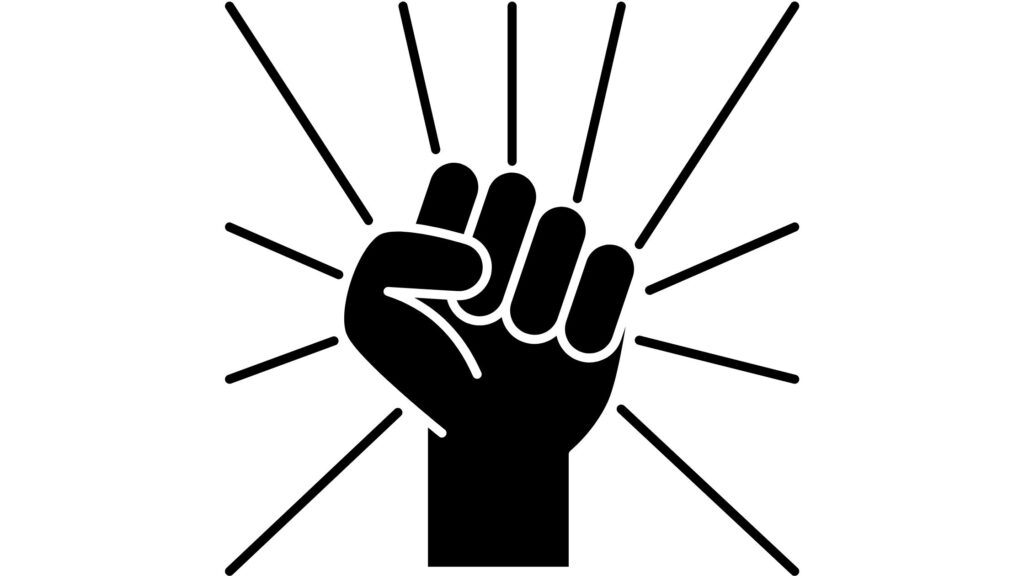
Boost strength and power output
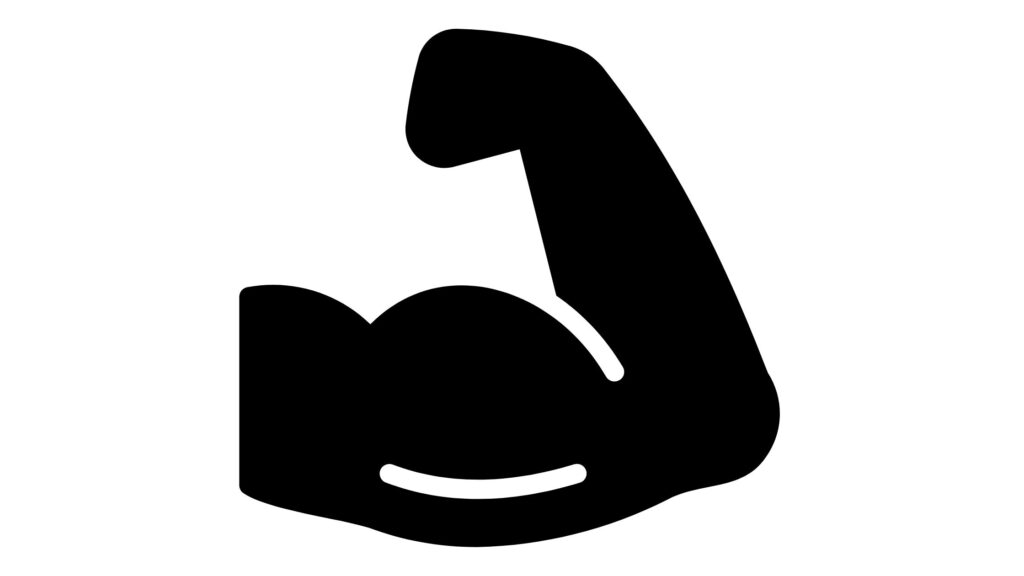
Support lean muscle growth

Improve recovery between sets
This is why creatine is a staple in both beginner and advanced training programs.
The Creatine Loading Phase: Kickstart Your Results
The creatine loading phase is designed to quickly saturate your muscles with creatine so you start seeing performance benefits sooner. This method involves taking around 20g of creatine per day, split into 4 equal doses, for 5–7 days. After this, you drop to a maintenance dose of 3–5g per day.
Days 1–5 (Loading): Take around 20g of creatine daily, split into 4 equal doses (5g each) spaced throughout the day.
Days 6+ (Maintenance): Reduce to 3–5g per day to maintain saturation.
Why it works:
- Speeds up the point at which your muscles reach full creatine saturation
- Allows you to experience strength and performance benefits sooner
Skipping the loading phase is perfectly fine — it just means it may take about 3–4 weeks of consistent supplementation to reach the same muscle creatine saturation. Many people prefer creatine powder for the loading phase because it’s easy to measure, dissolves well in water, and can be taken with meals to improve absorption.
Ready to start your loading phase?
Creatine Before or After Workout: What’s Better?
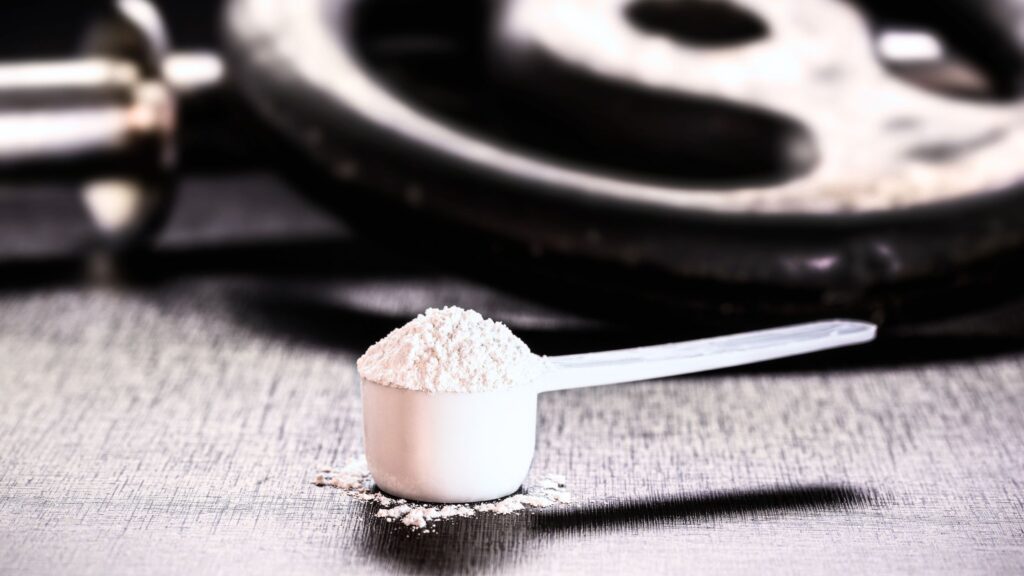
The age-old question: should you take creatine before or after your workout? Studies show that creatine timing isn’t as crucial as making sure you take it consistently. That said, taking creatine after a workout, especially alongside a protein and carb source, may slightly enhance muscle creatine retention.
- Creatine before workout may help with immediate energy availability
- Creatine after workout may optimize recovery and muscle repair after intense training
Consistency matters more than timing, pick the time you’ll stick to every day. If you already have a post-workout shake, adding creatine to it can make your routine effortless.
Creatine Before and After: Can You Double Up?
Some people prefer to split their creatine dose, half before training and half after, to ensure their muscles have plenty of creatine available both during exercise and recovery. While there’s no definitive evidence that this method is superior, it can be a practical approach if you enjoy taking smaller doses at different times of the day.
Benefits of creatine before and after workouts:
- May support sustained performance during longer training sessions
- Could help with faster muscle recovery post-workout
If you go this route, keep your total daily dose in the 3–5g range for maintenance.
When to Take Creatine for Desired Results
If your goal is muscle growth, take creatine daily — ideally post-workout with a meal rich in carbs and protein to help absorption. For endurance or sports performance, timing matters less; focus on keeping your creatine levels saturated.
Tips for best results:
- Take creatine with plenty of water to avoid dehydration
- Pair it with a balanced diet and structured workout plan
- Be consistent, skipping days slows progress
Ready to optimize your strength, recovery, and workouts?
The Science-Backed Benefits Beyond Muscle

While most people associate creatine with muscle size and strength, research suggests it has broader wellness applications. Studies indicate that creatine supplementation may:
- Support brain health and cognitive performance
- Improve bone density in older adults
- Aid recovery from injury by supporting muscle repair
These additional benefits make creatine one of the most versatile supplements for both athletes and everyday health-conscious individuals.
Affiliate Information
At Canadian Nutritional Foundation, we help vulnerable families in underserved communities by providing essential prenatal vitamins and nutritional support information so they experience healthier pregnancies, improved health outcomes, and brighter futures, creating a world where every child has the opportunity to thrive, and families can break the cycle of health inequity.
To help sustain our programs and outreach efforts, we may participate in select affiliate partnerships. When you make a purchase through one of our affiliate links, a portion of the proceeds supports our nonprofit mission, at no additional cost to you.
Your support helps us deliver vital prenatal resources, expand access to nutrition education, and empower families with the tools they need for healthier futures.
Thank you for being part of our mission to nurture stronger beginnings for families and children in need.
With gratitude,
The Canadian Nutritional Foundation Team


